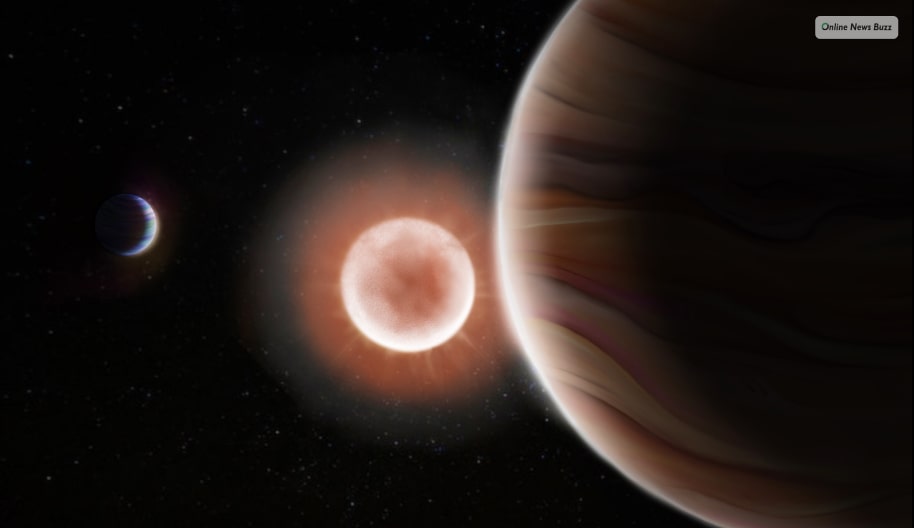
We know that there are more than 10,000 planets unknown to us located out of our Solar System. But most of these planets discovered are closer to their stars meaning their orbits are shorter than Mercury’s orbit around the Sun.
More than 85 percent of the exoplanets are confirmed to have orbits shorter than 50 days. Hence they are hotter than Mercury. Astronomers have started getting access to general information about these exoplanets like their formation, composition, and evolution.
But when it comes to exoplanets with longer orbital time the information is not so clear. These exoplanets are located in far-out worlds where detecting information is trickier.
Recently in the list of exoplanets with longer orbits gained two new entries. Two exoplanets were discovered by Astronomers at MIT (University Of New Mexico) have discovered an isolated system that contains two long-period exoplanets. These two exoplanets orbit the star TOI-4600 located 815 light years away from our Earth.
The team of astronomers discovered that the star also has an inner exoplanet that has an 82-day orbital period similar to our Mercury. The outer planet of the star orbits its star every 482 days nearly similar to Earth’s and Mars’s orbital periods. This discovery was possible via NASA’s TESS or Transiting Exoplanet Survey Satellite. This mission was led by MIT to find the nearest stars with signs of exoplanets. This new exoplanet is the only planet that has the longest orbital period that TESS has discovered yet. This exoplanet has about -117 degrees Fahrenheit making it one of the coldest planets discovered. While the inner planet near the star has a temperature of more than 170 degrees Fahrenheit.
Both these planets are similar to our solar system’s Jupiter and Saturn as they are most likely gas giants. Although the inner exoplanet might have a composition of gas and ice together. An MIT team member says, “These longer-period systems are a comparatively unexplored range.”Adding further, “As we’re trying to see where our solar system falls in comparison to the other systems we’ve found out there, we really need these more edge-case examples to better understand that comparison. Because a lot of systems we have found don’t look anything like our solar system.”
Learn More About:




























